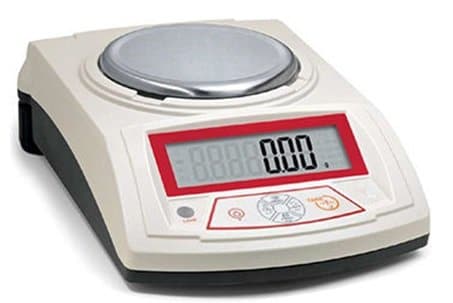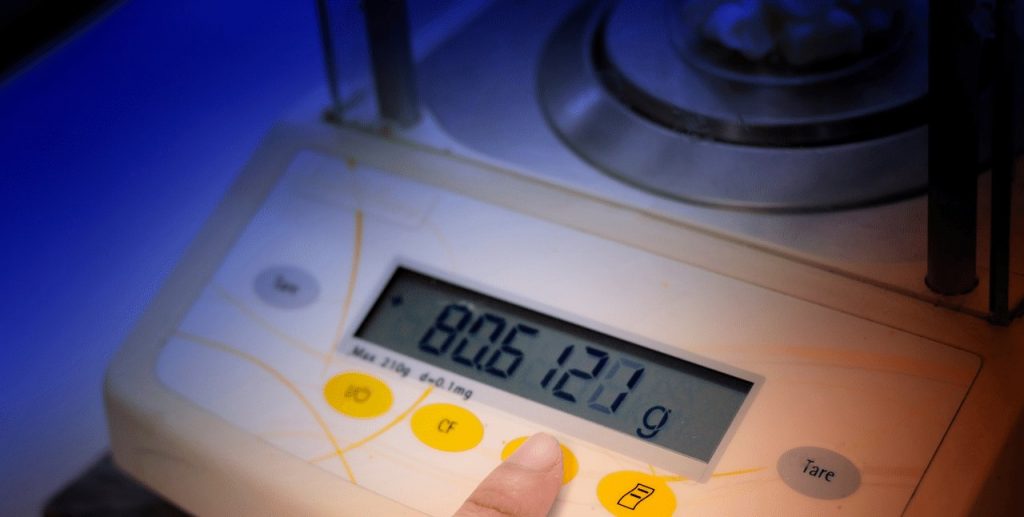Topic Content:
- Definition of Mass
- Units of Mass
- Mass Measuring Equipment
The mass of a body is a measure of the quantity of matter it contains. This mass is usually measured in kilograms (kg) or grams (g, or gm) by comparing it with standard masses, using weighing balances of various types and sizes. Mass measurements are used by scientists, engineers, butchers, health clinics and hospital workers, etc.


Laboratory Weighing Balance.
You are viewing an excerpt of this Topic. Subscribe Now to get Full Access to ALL this Subject's Topics and Quizzes for this Term!
Click on the button "Subscribe Now" below for Full Access!
Subscribe Now
Note: If you have Already Subscribed and you are seeing this message, it means you are logged out. Please Log In using the Login Button Below to Carry on Studying!



Responses